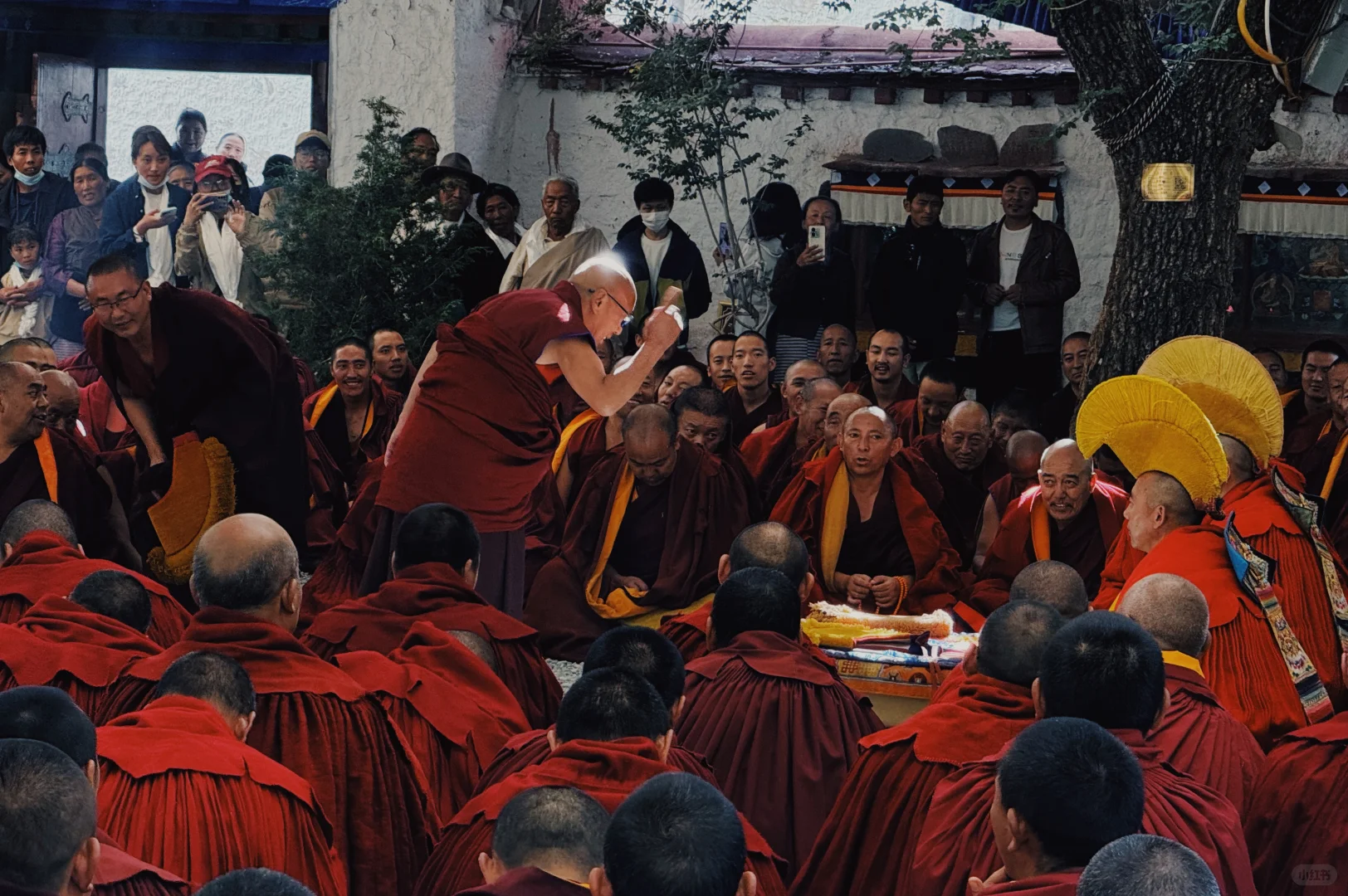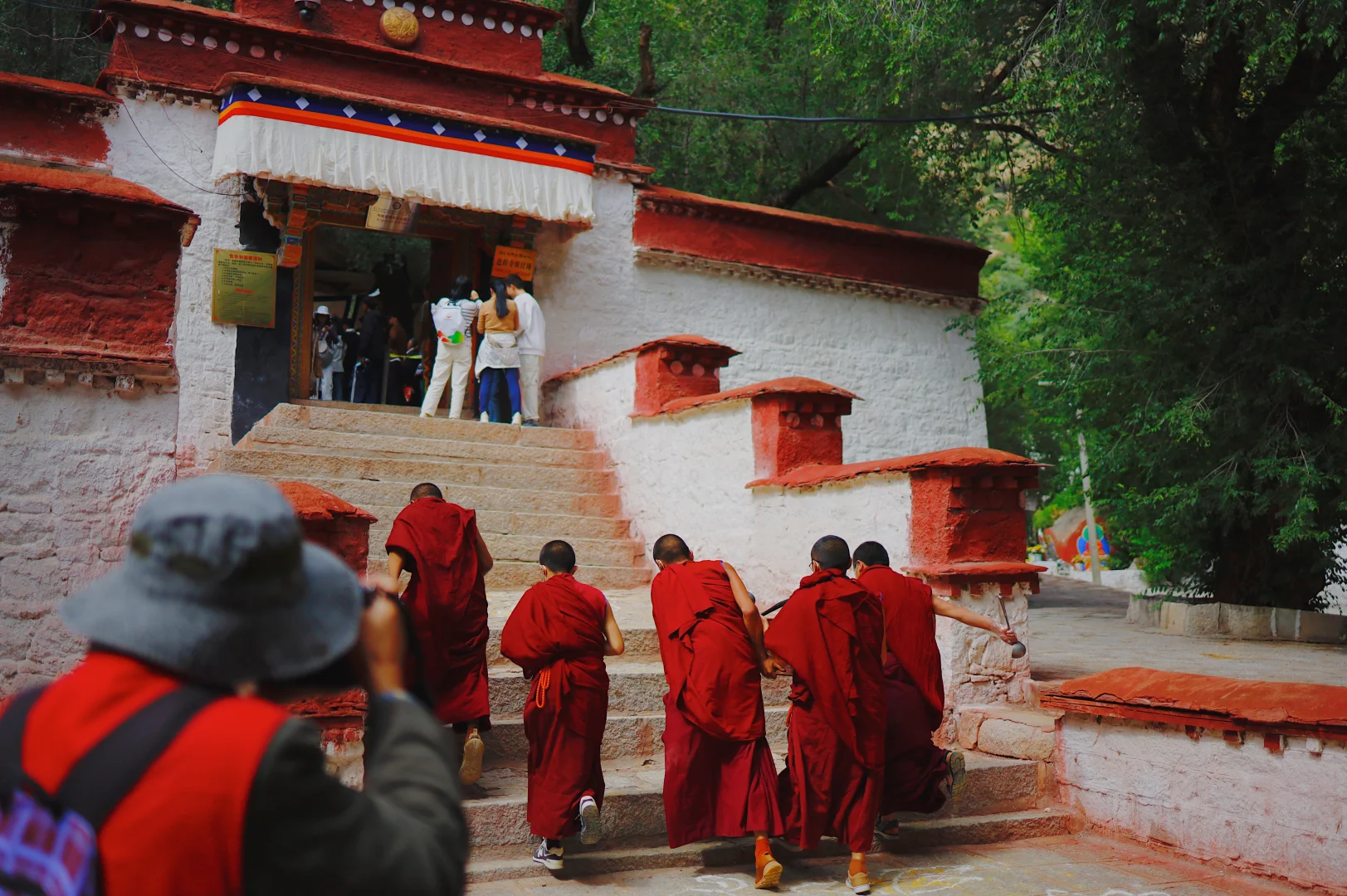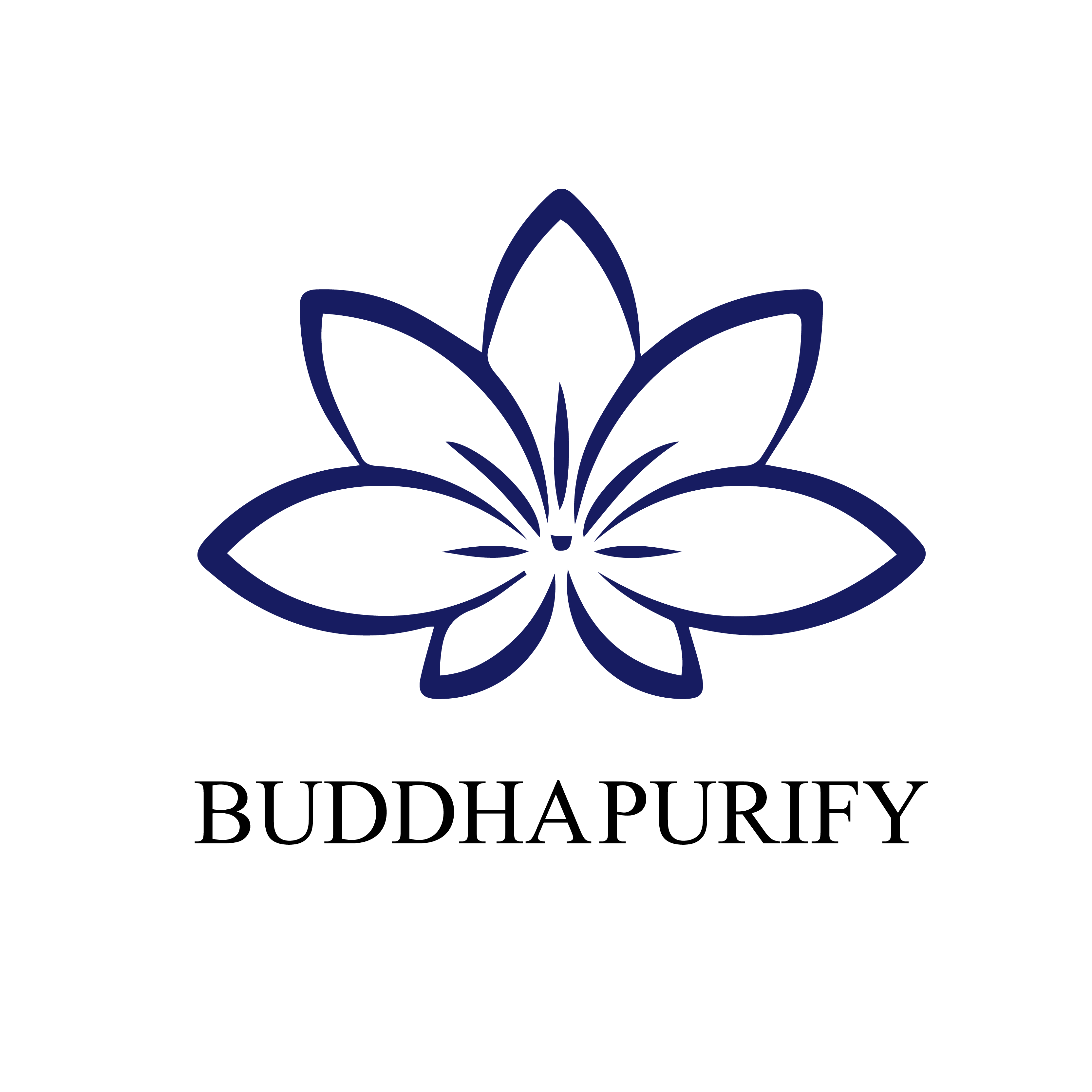My Monk Friend Lasa: A Journey of Spiritual Pursuit
My Monk Friend Lasa: A Journey of Spiritual Pursuit
Recently, I had the fortune of meeting a young monk named Lasa, who has been living in the Tibetan region. We drove together from Sichuan to Tibet, and I learned about his fascinating journey.
Lasa embarked on his path as a monk at the tender age of nine. When I asked him why he chose this life, he shared that his desire to become a monk was so strong that he would cry if his family opposed it. By the age of nine, he had already become a monk and has since dedicated over a decade to learning and practicing.
Born in the Kham region of Tibet, Lasa's appearance is more delicate and his gaze clearer compared to his brothers, who embody the typical robust Kham Tibetan look. Lasa's region historically had low Chinese language proficiency, and since he became a monk so young, he humbly claims that his Chinese is not very good due to his limited formal education.
Lasa explained that monks must obtain permission to leave their monastery, which makes traveling complicated. Along our journey on the Sichuan-Tibet Highway (318), several checkpoints verified his documents. Even studying and traveling are challenging for monks, as he described how last year, during his studies in Lhasa, his hands were damaged from rigorous debating.
When asked about his purpose in studying, Lasa expressed a deep desire to help others and spread the teachings of Buddhism. He noted that many people today are unhappy and hopes to guide them towards their own happiness.
During my visit to Lasa's monastery, I learned that his daily schedule is intense: he begins studying at 6 a.m. and often continues until 2 a.m., with only about half an hour for lunch. Despite the exhaustion from only four hours of sleep, Lasa said he eventually adapts.
At the age of nine, Lasa found his life's goal, while I find myself still searching. We were both raised under a system of exam-oriented education, transitioning immediately into the workforce after graduation.
Fearing a life with no end in sight, I have never given up on pursuing the life I want. Lasa’s way of spiritual practice is through his monastic studies, while climbing mountains, reading, and writing might be my own forms of practice. Everyone should find their own path to spiritual growth.
"You must wrestle with your intuition, and confront your personality and habits. This struggle is the essence of the spiritual journey. To seek answers, you must cross mountains, rivers, and deserts. This is the journey you have chosen for yourself."
At Buddha Purify, we are committed to using Tibetan culture as the foundation to deepen our understanding of spiritual practices and bring them to a broader audience. Our mission is to expand awareness about Tibetan spiritual artifacts and practices, offering insights into how these ancient traditions can enhance modern lives.
We focus on a wide range of products that reflect the profound elements of Tibetan spirituality. Our collection includes Buddhist beads, Buddha pendants, and spiritual jewelry, each designed to assist with meditation, spiritual cleansing, and mindfulness. These items are more than mere accessories—they are integral tools for spiritual growth, helping individuals achieve karma balancing and energy purification.
By emphasizing the Tibetan Zen lifestyle and its connection to holistic wellness, we aim to share the transformative power of these practices. Our meditation accessories and mindfulness products are crafted to support users in their journey towards spiritual enlightenment, promoting a deeper understanding of themselves and their path.
Buddha Purify is not just about offering products; it's about creating a bridge between Tibetan traditions and contemporary spiritual needs. We strive to foster a greater appreciation of Tibetan culture's spiritual depth and cultural richness. Through our efforts, we hope to inspire individuals around the world to embrace a conscious way of living, enriched by the wisdom and practices of Tibetan Buddhism.





